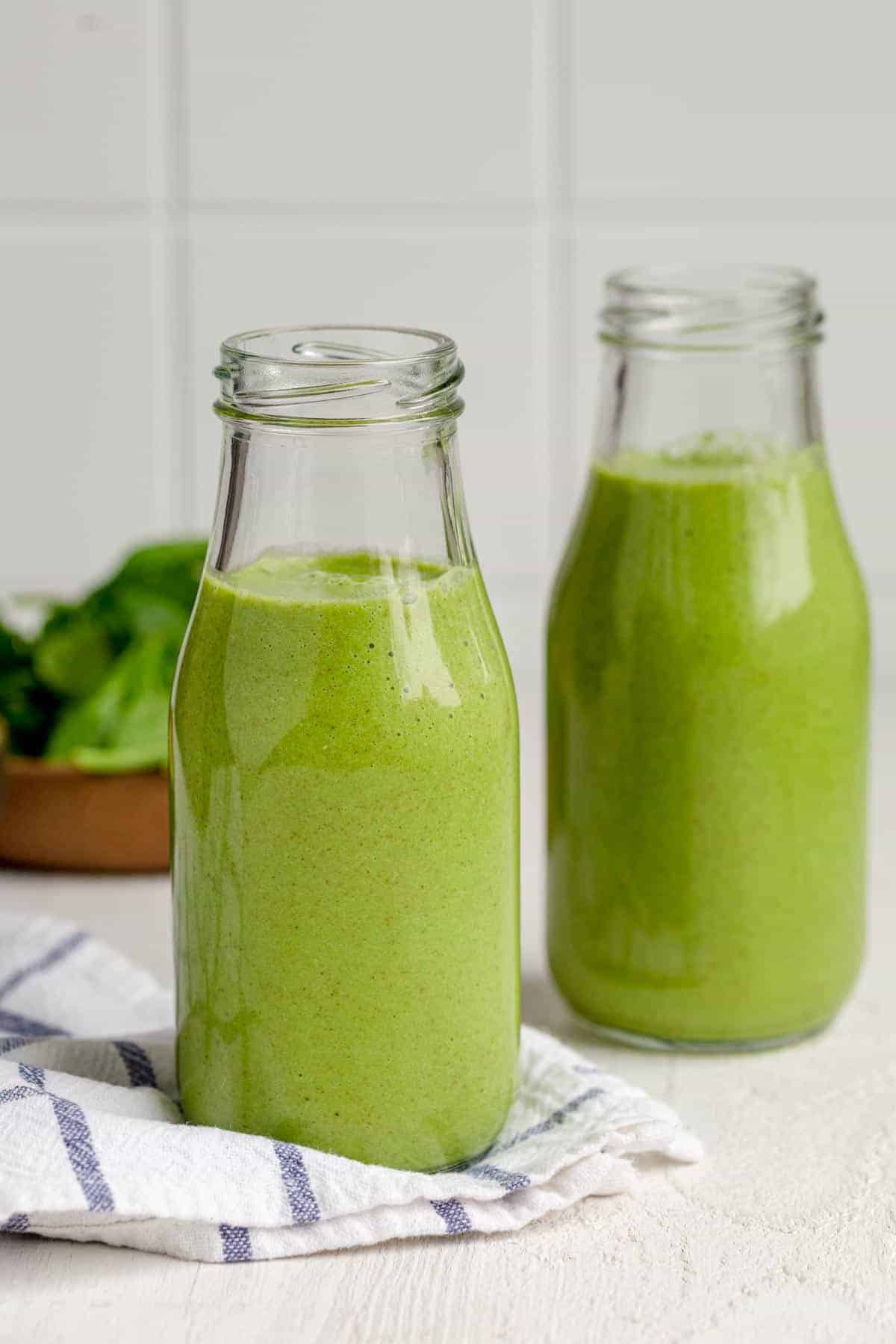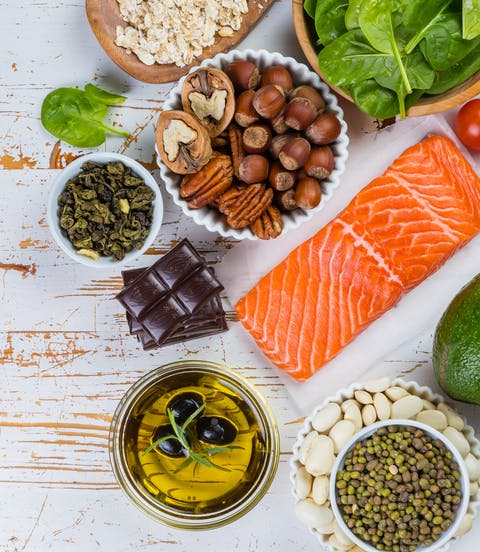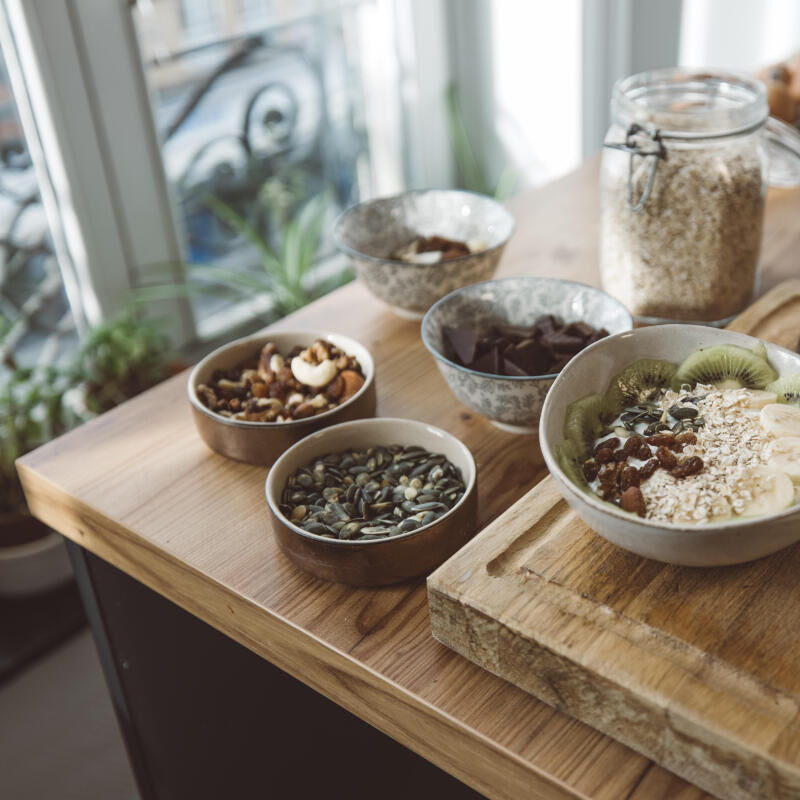
The ancient Chinese, Romans, and Indians were the first to create salt using this method. Buddha taught the world how to keep and collect salt in early fifth century BC. The Romans used ceramic containers called "briquetage" to collect the brine. Concentrated salt was smashed up by workers who then removed any impurities. The brine was then placed in shallow pans. They were then set on clay pillars over a peat fire. The workers then sold the dried, powdered sea salt to the people of the colonial New World. Slave workers were brought from Africa to work on salt rakes on different islands in the West Indies.
Although most people are familiar enough with table salt, many don't know how sea salt is created. Table salt's main ingredient is sodium chloride. However, sea salt contains other minerals like magnesium, iron and calcium. These minerals are found in trace amounts in sea salt, and they are incorporated in the salt crystals. It is best to avoid excessive consumption of this mineral, but adding a few drops to your favorite dish can add additional nutrition and nutrients.

Sea salt is the most widely used salt. It comes from warm regions and is harvested by filling man-made salt pools with salt water, and then waiting for it to evaporate. The crystals will form when the water evaporates out of the man-made pool. These man-made salt works are also known as salt works. The process for harvesting salt requires several billions years. There are many ways to harvest salt.
The entire process of producing sea salt is very complex. First is to extract the seawater. This involves extracting the seawater from the ocean. Allow the water to evaporate from the ocean. The water will then dry out and become concentrated. The sea salt can then be sold once it is dried. The final product can be labeled either as refined or unrefined. The unrefined sea salt can be grey or contain marine bacteria or trace minerals that contribute to its complex flavor.
The process for harvesting sea salt can be done in a few steps. Salt crystals are formed at the bottom of water and are almost dry. The impurities are removed by pouring off water and scraping off the top layer of the salt. This is an excellent method to collect sea sal. It is affordable and widely accessible. It is widely available in many nations. Salt can be used for human consumption after it is harvested. It can be used in endless ways.

The process of extracting sea salt is the same as extracting river salt. The process for each is however different. Some sea salts may be extracted from the Earth, while others can only be harvested from the sea. In the latter case, the extraction of the salt is done using chemicals. To obtain iodine, minerals are removed from seawater. To get iodine, salt is also processed in order to remove any minerals that make the salt edible.
FAQ
What foods help me lose weight faster?
Eating fewer calories can help you lose weight faster. There are two ways to do this:
-
Reduce how many calories you eat daily.
-
Get more exercise to increase your metabolism.
It is easy to reduce calories. After all, we're bombarded with calorie-laden fast food options everywhere we turn. Here are some foods that can help you lose those extra pounds.
-
Beans contain high levels of fiber and protein. They have very little fat making them a great option for dieters trying to reduce their caloric intake.
-
Oatmeal contains low calories and high amounts of nutrients like magnesium, potassium, and other nutrients. Oatmeal also contains less sugar that other cereals.
-
Eggs contain high levels of protein and cholesterol. Eating eggs once or twice a week can boost your metabolism, helping you burn more calories throughout the day.
-
Whole grain bread has been shown to reduce hunger pangs so that you may feel fuller longer.
-
Dark chocolate contains antioxidants and flavonoids that have been linked both to better cardiovascular health and lower blood pressure.
-
Cottage cheese is high in calcium, which helps to build strong bones. Cottage cheese is also high in calcium, which aids in bone strength.
-
Salmon is high in omega-3 fatty oils, which are good for brain development and heart health.
-
Green tea is chock-full of catechins, compounds that fight cancer and increase metabolism.
-
Broccoli is an excellent source of folic acids, which helps to lower homocysteine levels. Homocysteine levels that are high have been linked to increased risks of heart disease and stroke.
-
Yogurt is a wonderful way to get probiotics into your diet, without having to consume a lot of added sugars. Probiotics play an important role in digestive health.
-
Berries are a delicious snack option that's also very nutritious. Blueberries, strawberries, blackberries, raspberries, and cranberries are all excellent sources of vitamins and minerals.
-
Avocados are full of healthy fats. A half avocado provides 80 calories with plenty of fiber, potassium, and filling fiber.
-
Nuts are a tasty snack option that also happens to be a great source of protein. All kinds of nuts are great choices, including almonds.
-
Sweet potatoes are another starchy crop that is rich in beta carotene. This makes your skin glow. Because of their higher beta carotene levels, orange sweet potatoes are particularly good.
Why not lose weight before your 40th birthday?
People over 40 should take care of their health and keep fit. It is vital to find healthy ways to stay active throughout your lifetime. Regular exercise, healthy eating, moderate alcohol consumption, and quitting smoking are all important.
It is important to recognize that our bodies change as we age. Our bones weaken and our muscles shrink. You can slow down the aging process if you take care of yourself.
Staying healthy and fit throughout your life is a great way to keep yourself young. These include:
-
Better sleep
-
Improved moods
-
Increased energy levels
-
Lower chance of developing cancer
-
A longer life
-
More independence
-
Better sex
-
Better memory
-
Improved concentration
-
Improved circulation
-
Stronger immune system
-
There are fewer aches and pains
What is the difference between intermittent fasting or calorie restriction?
Calorie restriction is when you eat less than your body needs. Intermittent fasting, on the other hand, doesn't restrict calories. Rather, it focuses on eating fewer calories throughout the day.
Intermittent fasting works better because it allows for you to enjoy your favorite foods without feeling guilty.
Both methods have pros and cons. Therefore, you need to decide whether you prefer one method over another.
Are there side effects to intermittent fasting
Intermittent fasting doesn't have any known side effect. If you don't plan well, you may experience minor issues.
If you skip breakfast, for example, you may feel constantly irritable. You might also experience headaches, dizziness, fatigue, and muscle cramps.
These symptoms usually resolve within a few weeks.
What can you drink while intermittent fasting is in effect?
Drink water before you go to bed at night. This helps you feel fuller quicker and gives you energy for the rest of your day. If you want to add flavor, try adding lemon juice or cucumber slices.
Is it possible to eat fruits while intermittent fasting?
Fruits are great for your health. They are rich in vitamins, minerals and fiber. They also contain sugar, which can lead to blood glucose levels rising. This can lead to insulin resistance, weight gain, and even diabetes. If you want to lose weight while following an IF diet, then make sure you choose low glycemic index fruits such as apples, pears, berries, melons, oranges, peaches, nectarines, plums, apricots, cherries, and kiwi.
What length of Intermittent Fasting should I be doing to lose weight?
The answer is not as simple as you might think. For optimal fat loss, you need to take into account many factors. These are:
-
Your age. Intermittent fasting can be difficult for young people (under 40). This is because they have less time to recover after each fast. If you are older than 60, you might find it difficult to maintain a prolonged period of daily fasting.
-
Your current body composition. Your current body composition. If you have a lot more muscle mass than you need, then you will likely be more successful with longer fasting periods. However, if you have little muscle mass, then shorter periods of fasting may be better suited for you.
-
How physically active are you. Exercise regularly and you may need to extend the fasting window in order to get enough sleep between workouts.
-
Your medical history. Extra fasting may be necessary for people who have heart disease, diabetes, cancer, or other medical conditions.
-
How can you manage stress? Stressful situations often cause us to eat more. You might need to lengthen your fasting windows in order not to have this problem.
-
The type of diet you follow. Certain diets, like ketogenic diets, may require even longer fasting periods.
-
Your quality of sleep. Insufficient sleep has been associated with decreased metabolism and increased appetite. Therefore, it may take some experimentation before determining what works best for you.
-
How much protein you eat. Protein helps stabilize blood sugar levels, which means that eating more protein could potentially lead to lower insulin levels. This would allow you be more consistent in your fasting.
-
It doesn't matter if you want to gain or lose fat, those who are trying for weight gain will often require longer fasting periods.
-
What percentage of calories do you consume during your fasting window? You might lose more fat if your daily calories are lower than those you consume.
-
Your overall fitness level. Faster people are more likely to be fit, and burn more calories during the day.
-
Your gender. Men tend to have greater appetites that women, so they may need a longer fast. Women are more likely to have smaller appetites and may need to fast only 20-30 minutes every day.
-
Your lifestyle. Are you someone who gets plenty of physical activity? Do you workout several times each week? Does your job involve sitting at a desk all day long? All of these things can affect the amount of time you should fast.
-
How much money do you spend on food? Eating healthy foods doesn't necessarily mean spending much money on groceries. Whole grains can be substituted for white bread, whole fruits can be purchased instead of candy bars and lean meats over fatty cuts.
-
It's important to manage your hunger. You may not have to fast as often if it is important to eat regularly.
Statistics
- One 6-month study showed that simply doing 11 minutes of strength-based exercises 3 times per week resulted in a 7.4% increase in metabolic rate, on average. (healthline.com)
- According to Harvard Health, it's estimated that a 155-pound (70-kg) person burns around 167 calories per 30 minutes of walking at a moderate pace of 4 mph (6.4 km/h) (5). (healthline.com)
- According to Harvard Health, it's estimated that a 155-pound (70-kg) person burns roughly 112 calories per 30 minutes of weight training (5). (healthline.com)
- One study in 9 active men found that HIIT burned 25–30% more calories per minute than other types of exercises, including weight training, cycling, and running on a treadmill (18Trusted Source (healthline.com)
External Links
How To
How to Intermittent Fasting
Intermittent eating is a way to lose weight that you only have one day of the week. It's usually Monday through Thursday. This allows you to reduce your calorie intake and still get adequate nutrition. It's believed that this helps burn fat faster than if you were eating normal meals throughout the entire week.
The most common form of IF involves restricting calories only on certain days of the week. This would mean that you skip breakfast each morning, and then eat whatever food you like throughout the day. You could choose to eat three small meals per day rather than two big ones.
There are many different forms of intermittent fasting, including alternate day fasting, 5/2 fasts, 8/4 fasts, 16/8 fasts, etc. There are pros and cons to each type of intermittent fasting. Alternate Day Fasting is the easiest to begin because you don’t have to make significant changes in your life. But, there are some people who find it hard to follow such a strict schedule. These people might prefer to try different methods.
Alternate-day fasting is a good option if you are looking to begin an intermittent fasting program. This will allow you gradually to transition into more extreme fasting habits without changing your lifestyle.